Hyundai Accent (HC): Steering wheel / Heated Steering wheel
Heated steering wheel switch
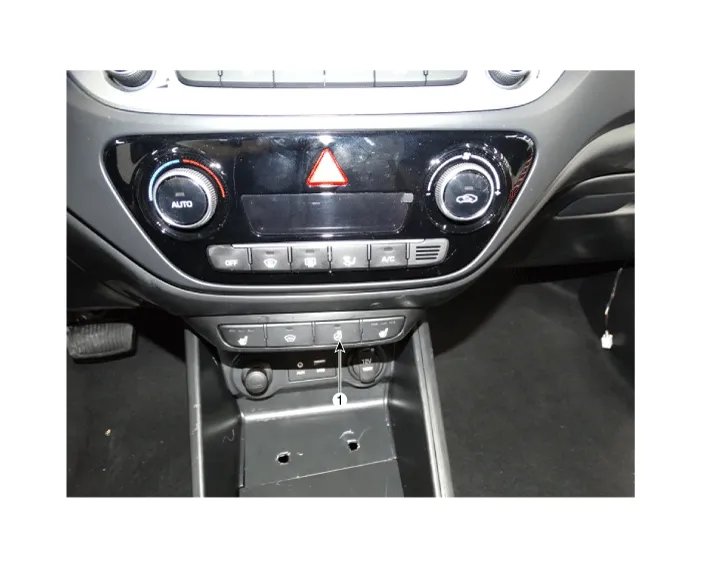
1. Heated steering wheel switch
Heated steering wheel control unit
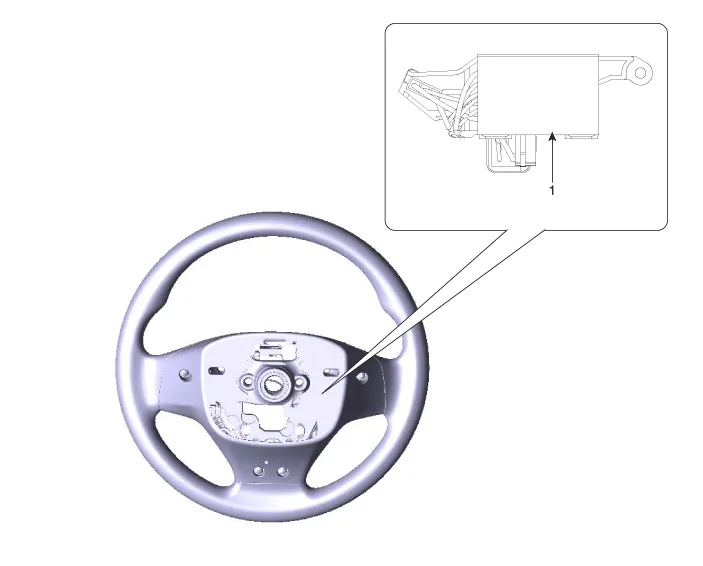
1. Heated steering wheel control unit
Heated steering wheel pad
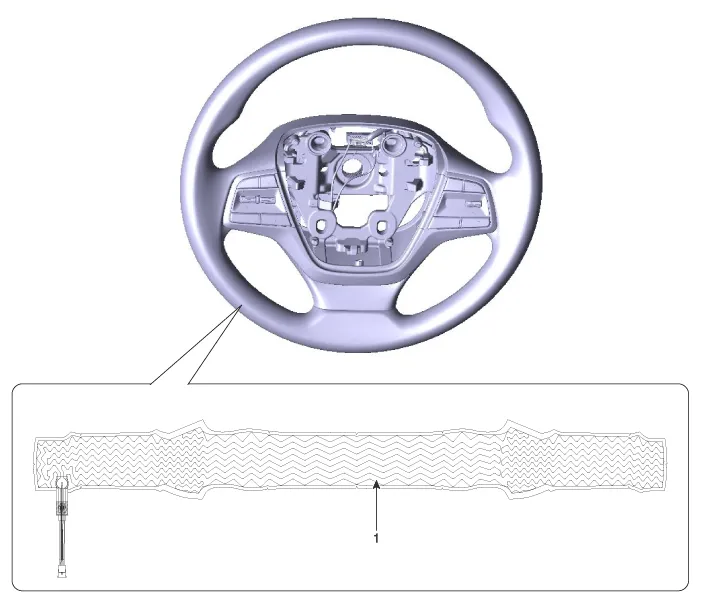
1. Heated steering wheel control pad
• For the convenience of drivers during the winter, exothermic paint is applied to the surface of the steering wheel to generate heat when it is gripped.
| Item | Specification |
| Voltage | 13.5 V |
| Heated pad resistance | 1.7 ± 0.2 Ω (22°C) |
| NTC resistance | 4.3 kΩ ± 10% (22°C) |
Heated steering wheel control unit
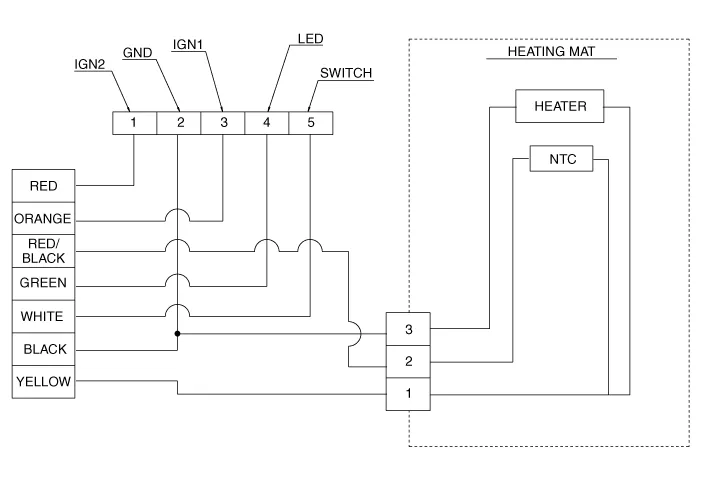
Heated steering wheel pad
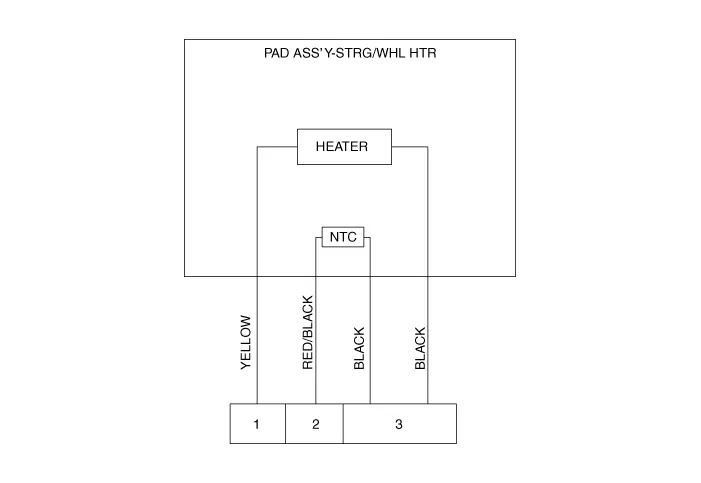
Heated steering wheel switch
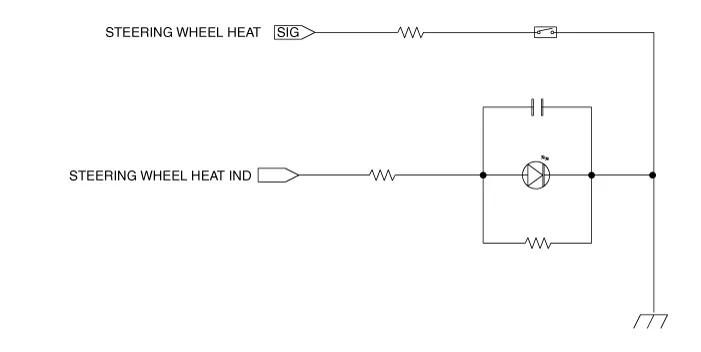
Heated steering wheel control unit
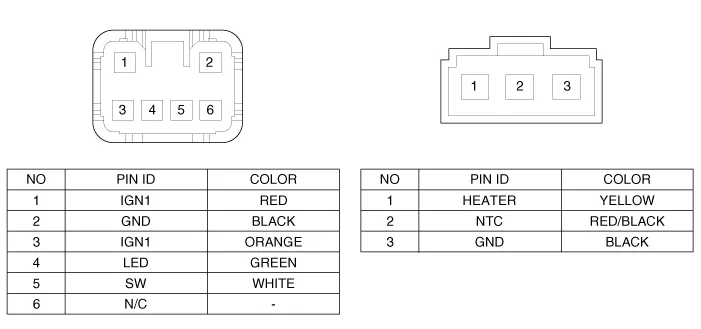
Heated steering wheel pad

| Housing | Pin | Function | Wire color |
| Pad | 1 | HEATER | YELLOW |
| 2 | NTC+ | RED/BLACK | |
| 3 | Ground (Heater) | BLACK | |
| Ground (NTC-) |
Heated steering wheel switch
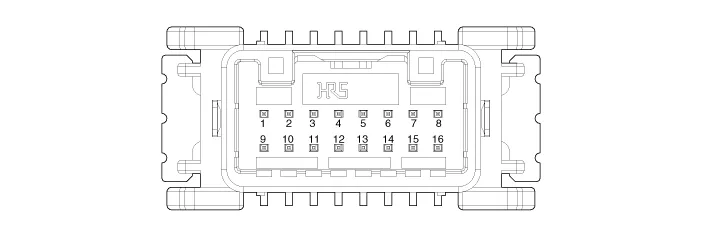
| Pin | Function |
| 10 | Steering wheel heat signal |
| 11 | Steering wheel heat IND |
| 16 | Ground |
Heated steering wheel switch
1.Disconnect the negative (-) batttery terminal.
2.Remove the floor console assembly.(Refer to Body - "Floor Console Assembly")
3.Remove the heated steering wheel switch (A) after loosening the screws.
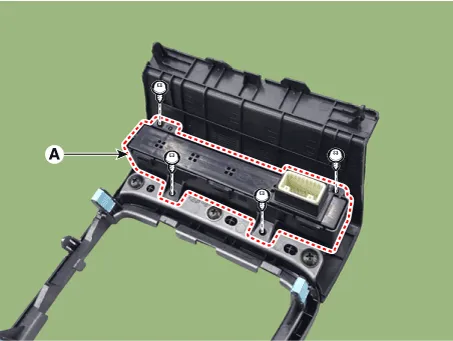
4.To install, reverse the removal procedure.
Heated steering wheel control unit
1.Remove the steering wheel.(Refer to Steering System - "Steering Wheel")
2.Loosen the screw and then remove the lower cover.
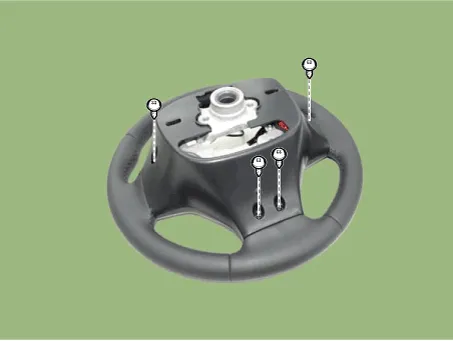
3.Disconnect the remote control switch connector.
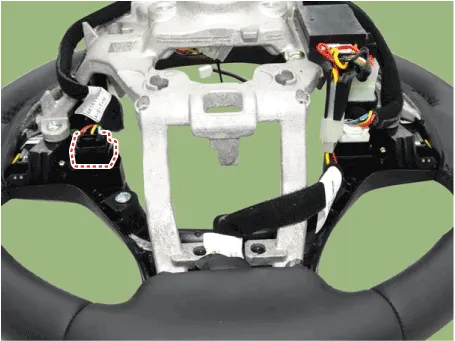
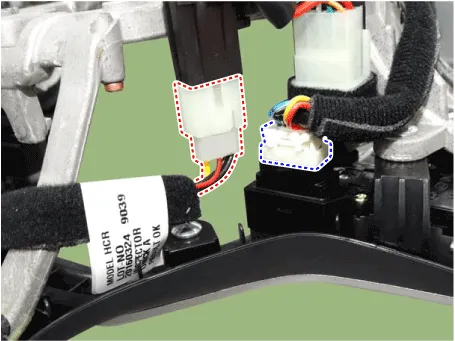
4.Remove the control box by loosening the screw.
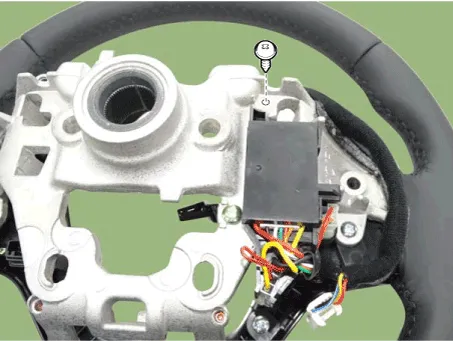
5.To install, reverse the removal procedure.
Other information:
Hyundai Accent (HC) (2017 - 2022) Service Manual: Steering Gear Box
- Removal 1.Loosen the wheel nuts slightly.Raise the vehicle, and make sure it is securely supported. 2.Remove the front wheel and tire (A) from the front hub.Tightening torque :107.9 - 127.5 N.m (11.0 - 13.0 kgf.m, 79.6 - 94.0 lb-ft) • Be careful not to damage the hub bolts when removing the front wheel and tire. 3.Hyundai Accent (HC) (2017 - 2022) Service Manual: CVVT (Continuously Variable Valve Timing) System
- Description Continuous Variable Valve Timing (CVVT) system advances or retards the valve timing of the intake and exhaust valve in accordance with the ECM control signal which is calculated by the engine speed and load.By controlling CVVT, the valve over-lap or under-lap occurs, which makes better fuel economy and reduces exhaust gases (NOx, HC) and improves engine performance through reduction of pumping loss, internal EGR effect, improvement of combustion stability, improvement of volumetric efficiency, and increase of expansion work.
Categories
- Manuals Home
- Hyundai Accent Owners Manual
- Hyundai Accent Service Manual
- Questions & Answers
- Video Guides
- Useful Resources
- New on site
- Most important about car
- Privacy Policy
0.0057


